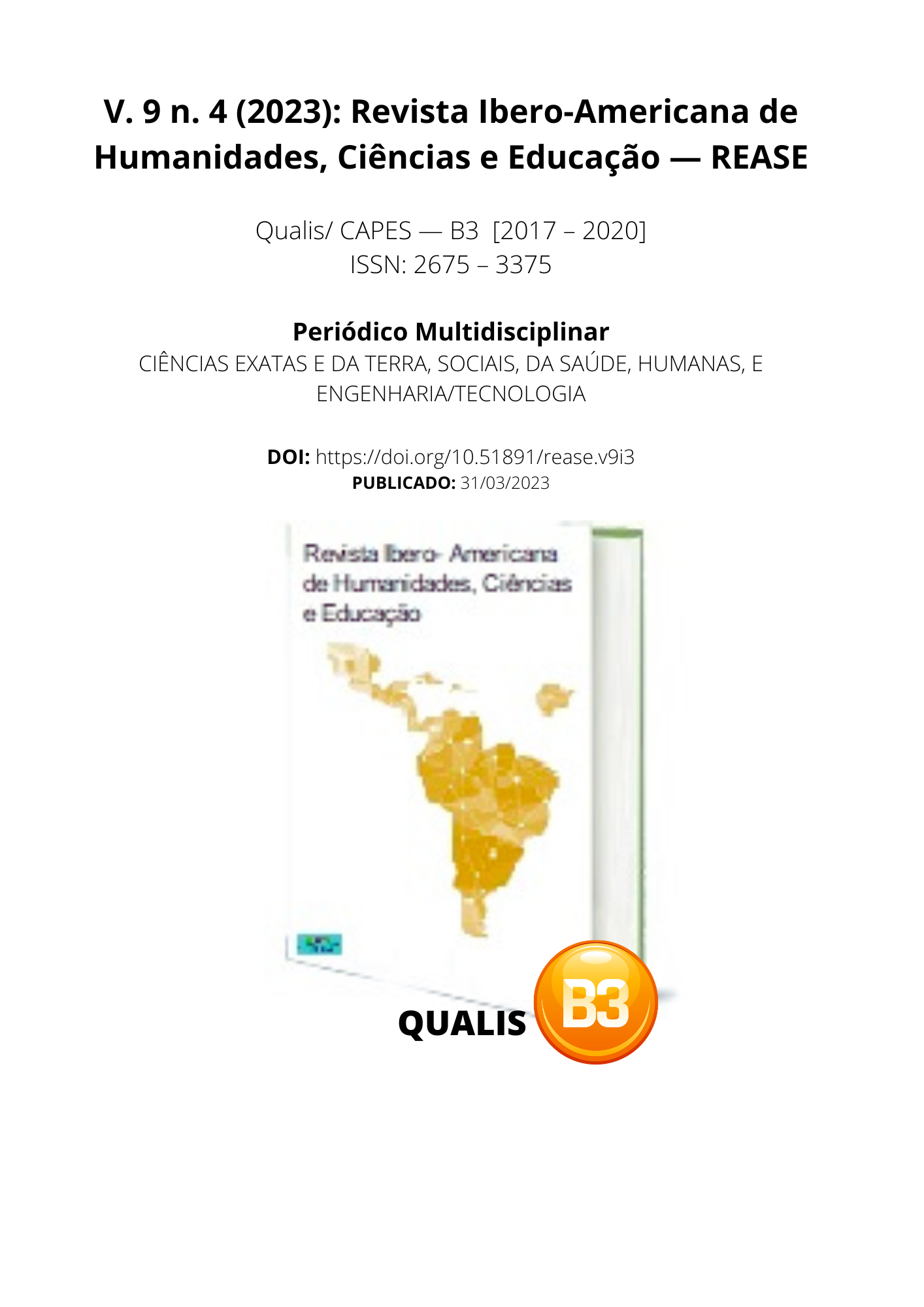CHALLENGES OF BLENDED EDUCATION DURING THE COVID 19 PANDEMIC IN THE 2020/21 SCHOOL YEAR
DOI:
https://doi.org/10.51891/rease.v9i4.9319Keywords:
E-platform. hybrid learning. COVID 19.Abstract
Background:The introduction of Covid-19 has given a new mode of life in many aspects including the educational sector, it is in this context that schools world wide adopted the hybrid learning. This form of learning draws a crystal line between the economical status as well as the technological gap between individuals, regions and states. It is in this perspective that this study was conducted to find out the economical, technological and infrastructure challenges faced during the hybrid learning amid Covid-19 along the academic year of 2020 to 2021 at Faculty of Health Sciences of Lurio University in Mozambique.Methods: Evaluation of lecturers who had previously attended the training capacity about hybrid learning using the Learning Management System (moodle) in March of 2020 were each characterized by their perception in the usage of the e-learning platform set by the faculty. Descriptive statistics and Spearman's rank correlation coefficients were computed to describe the association between the lecturers and students’ challenges faced during the lessons on the e-learning platform. Source of challenges, association between impact factor and lesson attendance on e-learning platform were assessed.Results: Total of 50 lecturers participated in the study out of which 20 used only the e-platform of the faculty for their e-lessons with the students, 8 of them did not use the e-platform despite having the training, instead adopted other platforms such as zoom, google meet and WhatsApp, while 22 lecturers used both the faculty e-platform and other platforms mentioned above. The challenges faced were 23 lecturers had an average of below 75% of students attendance of online lessons, the main causes of low class attendance were: 60% of the students justified lack of air time data for Internet, 25% lack of smart phone ou personal computer (hardware) to use for online lessons, while 15% indicated deficiency of Internet coverage. There was a strong association between impact factor and lesson attendance on e-learning platform (rho = 0.869, P < .001).Conclusions and way forward: The reporting of challenges across the e-learning platforms shows the great disparity between students coming from high/middle income families and those from low-income families at the same time also reflects on the low knowledge of information technology on the side of the lecturers. Despite of having previously the training, there is a need of permanent technical support. Continued investments on ICTs training and infrastructure should be encouraged, especially in this under resourced setting with limited qualified human resources to address the Mission of the University.
Downloads
Downloads
Published
How to Cite
Issue
Section
Categories
License
Atribuição CC BY

